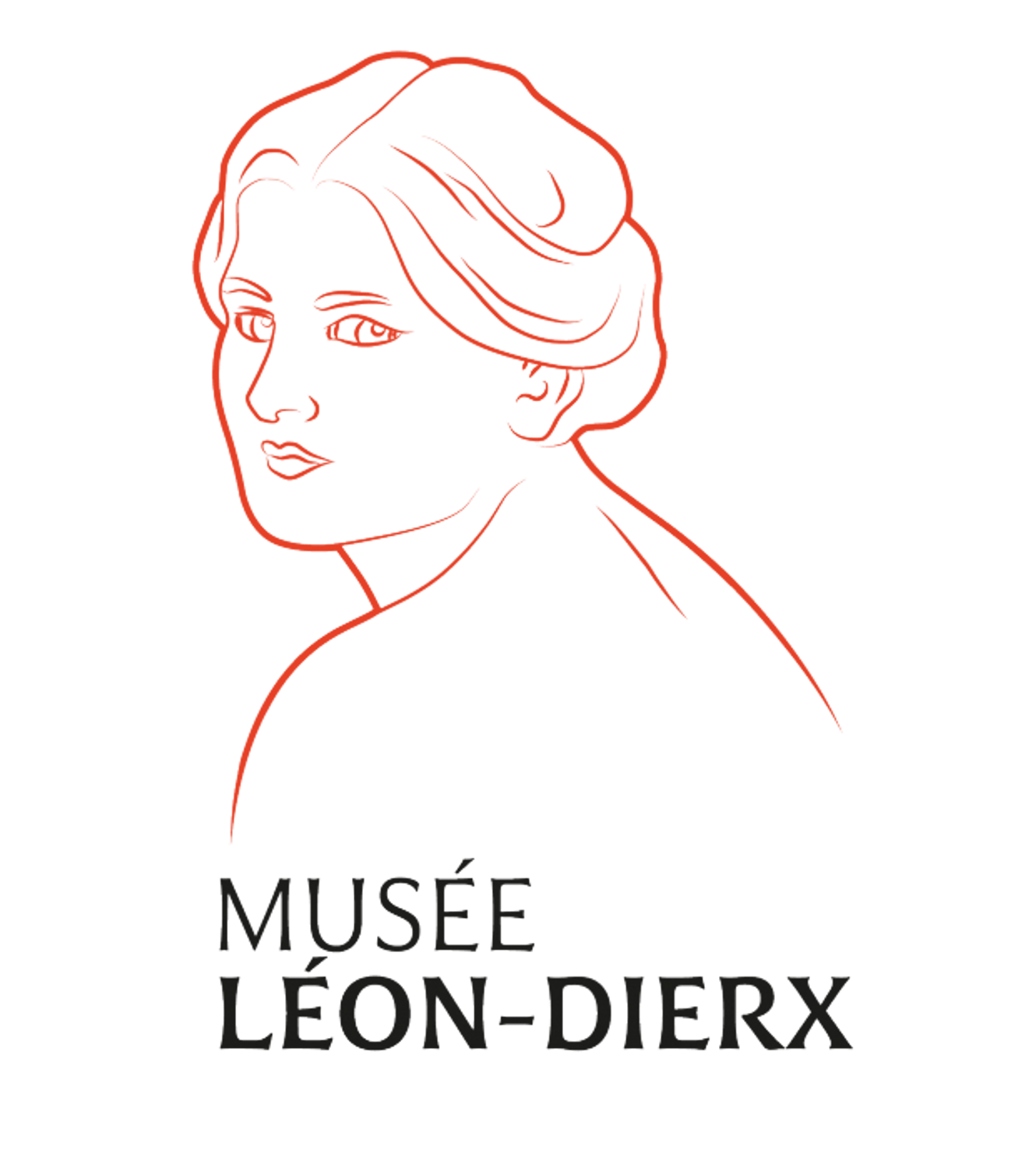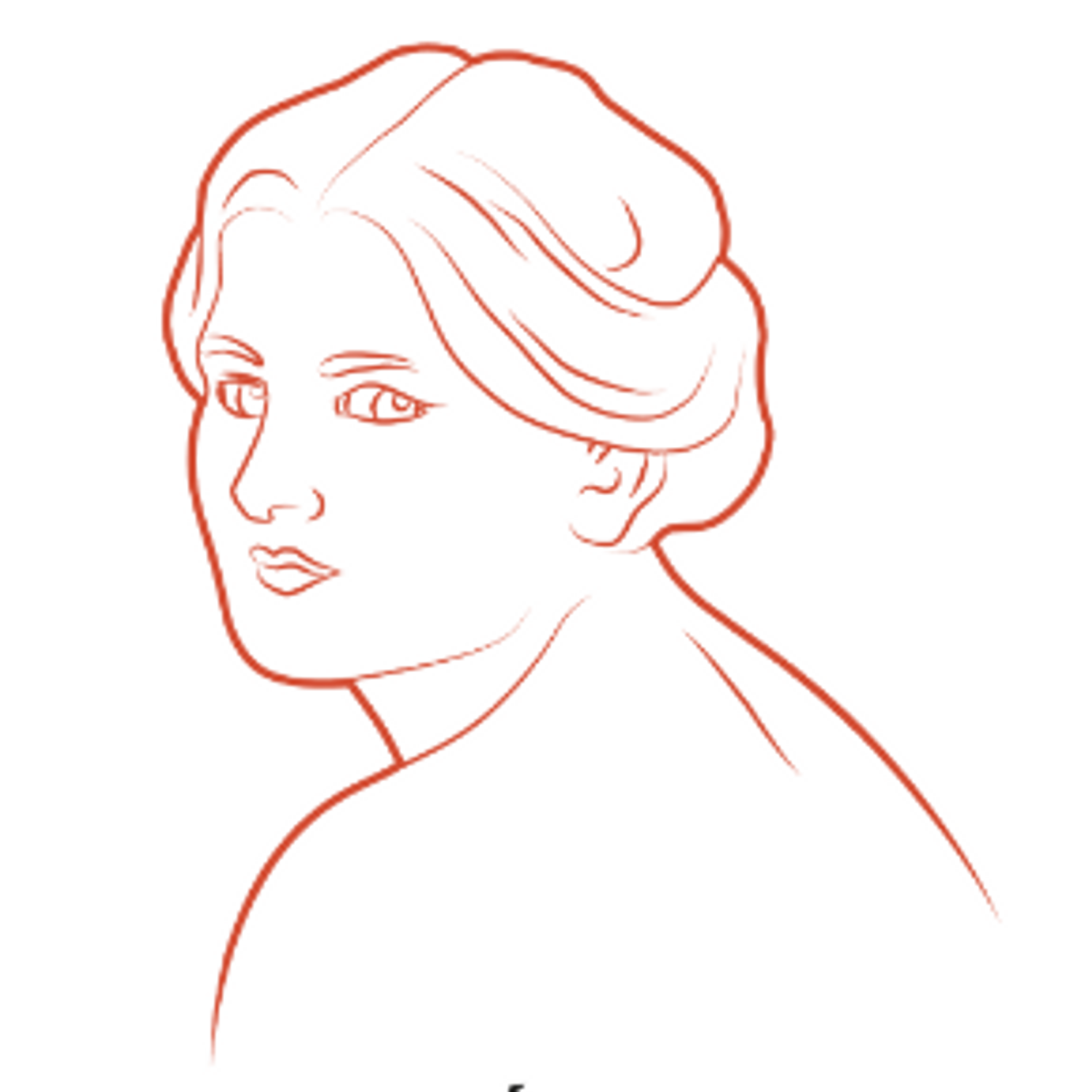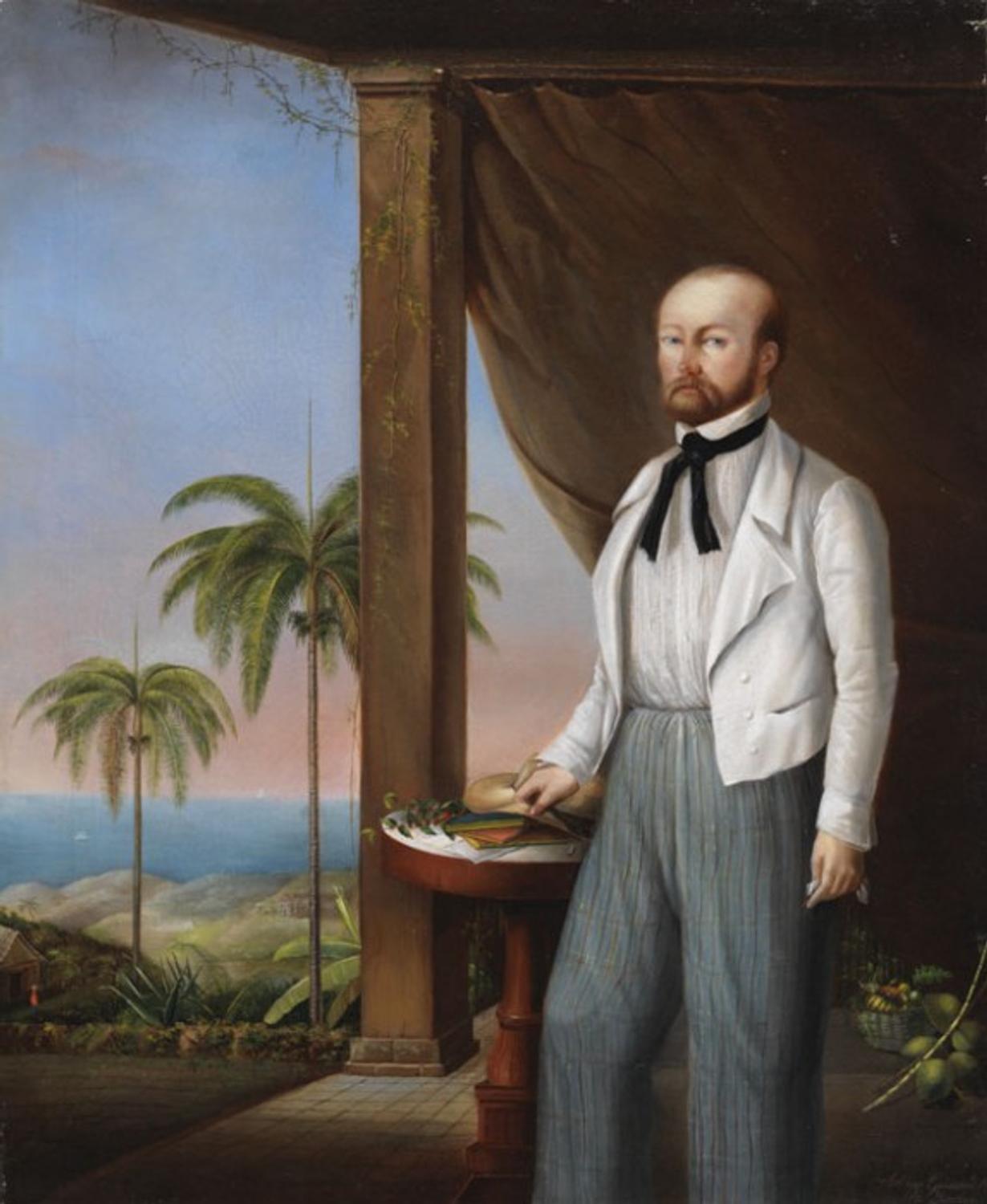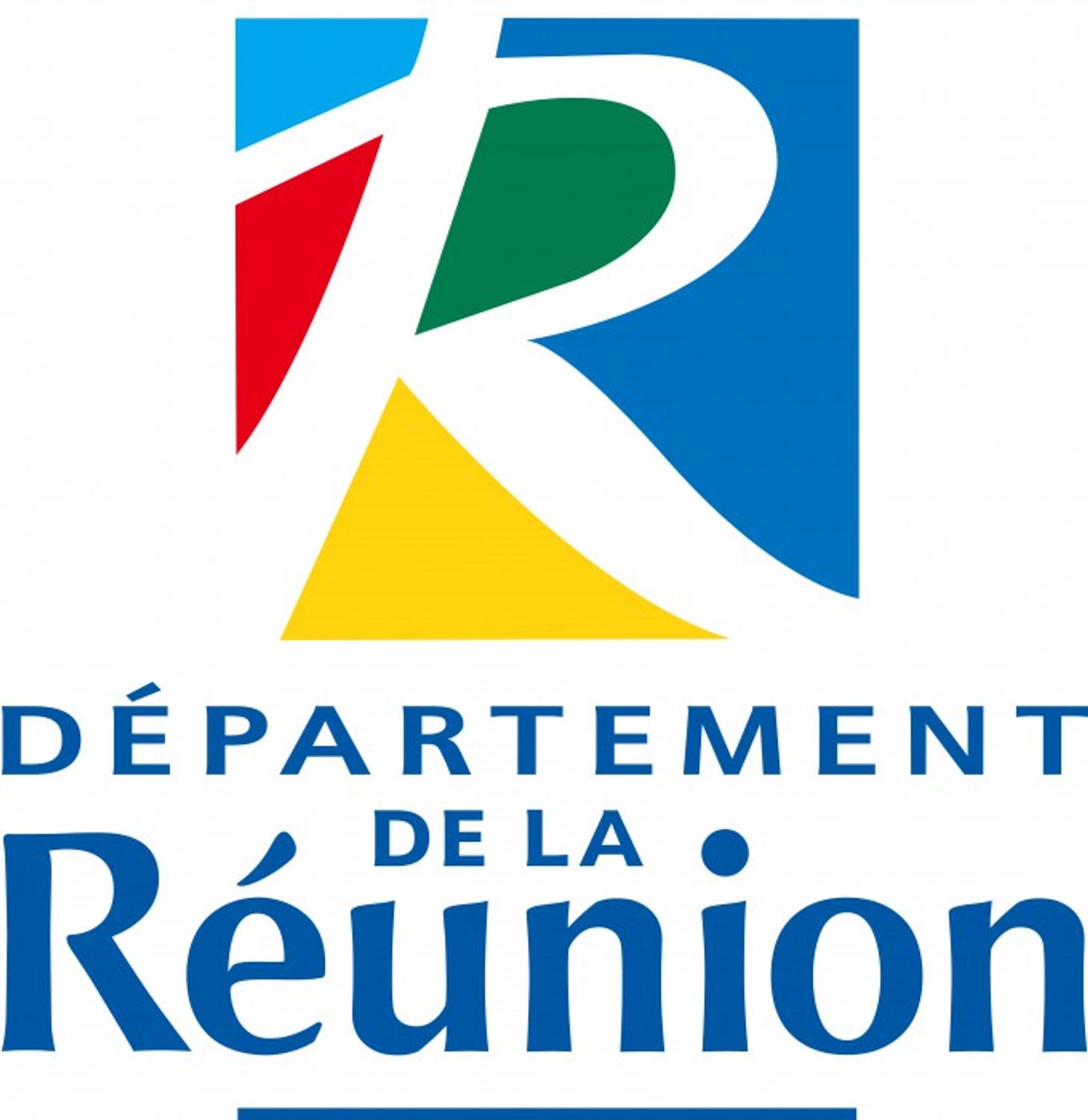THE MASTERPIECES OF THE LEON-DIERX ART GALLERY : Arthur GRIMAUD
Arthur GRIMAUD
Saint-Louis (Réunion), 14 September 1784 - Saint-Paul (Réunion), 17 October 1869
Arthur Grimaud, who never left the island to study, was a self-taught artist. He played an important role in the artistic environment of the colony during the first half of the 19thcentury and was one of the painters representing the island at the Universal Exhibitions in Paris in 1855 in 1867, as well as in London in 1862: his work was awarded several medals and received the mention of «honourable».
However, Arthur Grimaud’s art remains largely unknown: to this day, only ten or so of his works have been listed. He seems to have been successful mainly as an artist painting portraits of the dignitaries of Reunion, alongside other painters such as Garreau, Poussin and Roussin. The Leon-Dierx art gallery has four portraits signed by him and four others are also attributed to the artist. The earliest dates back to 1811, when Grimaud was only 27 years old.
Arthur Grimaud was also commissioned by Nicolas Breon, the first director of the botanical gardens of Saint-Denis, now the «Jardin de l’Etat», to produce 30 or so square-shaped pictures representing the fruits grown on the island. Still-life paintings consisting of tropical fruits were probably among his specialities.
He was the father of Emile Grimaud, a caricaturist in the 1840s who left a large number of drawings now conserved at the Leon-Dierx art gallery.
Portrait d'un colon de Bourbon (Portrait of a settler on Bourbon island) , Arthur GRIMAUD
1848
Oil on canvas
62 x 51 cm
Inv 2007.01.01
Dated 1848, this portrait is different from the others that have been identified as being by Arthur Grimaud. The work is divided into two sections by the pillar of the veranda. The portrait itself occupies the right hand side of the painting, while the left hand side, representing a landscape dominated by two palm trees, opens out onto the ocean and the horizon. The two trees in line with the pillar trace a diagonal line which focuses the spectator’s gaze on the subject’s face. The setting, mingling architecture and the natural environment, recalls the portraits of the French nobility during the period of the Ancien Regime, reduced, however, to a very small scale here.
Different elements inform us of the condition and personality of the man, today unnamed. The books symbolise knowledge, while the branch of the coffee bush and the straw hat point to his being a coffee planter. The painting is the representation of a landowner, also a slave-owner, as reflected by the straw hut in front of which a person is walking dressed in bright red, a colour often used by painters to attract the gaze. The fruits, placed close to the bottom right-hand corner and forming a meticulously arranged composition, have a sort of independent miniature existence within the portrait, as though a picture within the picture.
The meticulous precision of the painting of the accessories, fruits, flowers and the surrounding environment, indicate the artist’s desire to produce an idealised portrait. The technique applied is smooth, almost akin to porcelain and characteristic of the art of portrait painting during the first half of the 19thcentury in France.






